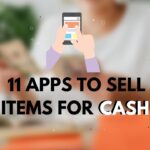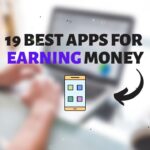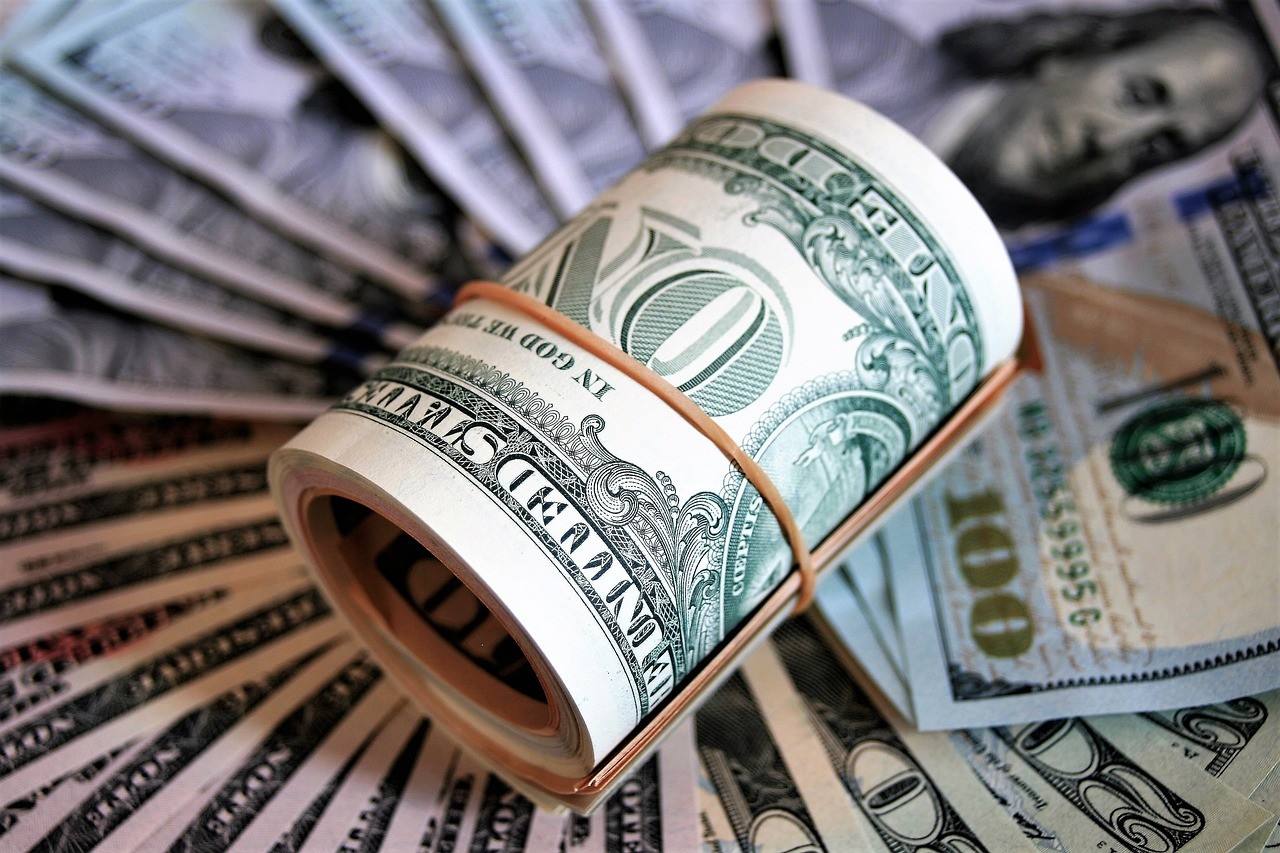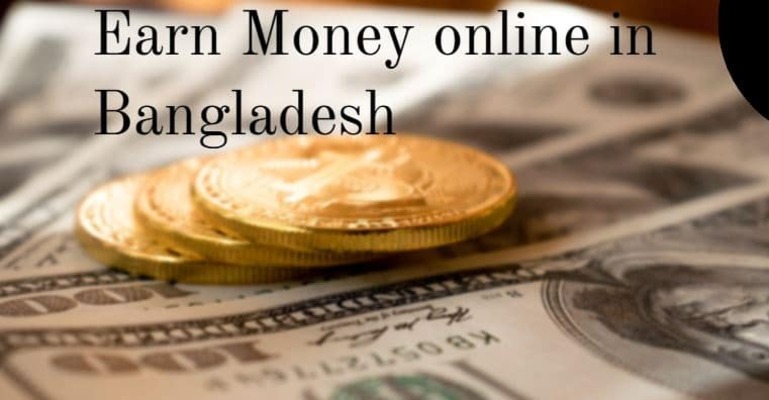If you’re looking to earn money in an easy to access way, apps have plenty of options to think about. It is possible to use your smartphone to complete surveys, set an extra job or sell unwanted items and many more.
Here’s the best seven money-making apps that are free.
The top best money making apps
1. Ibotta
What it does: Ibotta lets you earn cashback on store and online purchases at more than two thousand retailers that are supported. The initial focus was on groceries, but it has now expanded to include entertainment, clothing and dining out, pet items and many other categories. The offers can be either product- or retailer-specific, and some are automatically used. If not, you’ll have to do something additional like watching a movie or taking a survey.
There are three ways to earn cashback in stores: add offers and upload your receipt into the app following your shopping experience, join to your retailer loyalty accounts, or purchase a gift card with Ibotta. Ibotta app. When you shop online, you purchase through the app or by using the Ibotta browser extension installed on your personal computer.
Payments: PayPal or digital gift card or direct transfer to the bank account.
Benefits: You’ll earn cash back for purchases in stores promptly, usually in less than 24 hours. Ibotta also provides an incentive to new customers, referral bonuses, as well as a variety of payment options.
The cons: Earning money can be a long process. You need at least $20 cash back to be able to cash out your earned earnings (some gift cards require at least $25 earnings). When shopping online the waiting period to earn cash back is different according to the retailer.
2. Rakuten
What it does: Rakuten (formerly known as Ebates) provides shoppers with as much as 40% cashback on purchases made from well-known stores as well as restaurants and food delivery services. Customers can also earn cashback on gift cards, travel and other items. It’s easy: create an account, then tap the retailer you want to shop from the app, and make the purchase through the portal. You can also connect an debit or credit card with account Rakuten account in order to receive cash back at the store provided that you enable the offer through the application first. Rakuten will credit the cash back to your account when it confirms your transaction with the merchant. It says this could take anywhere from a few hours to a few days.
Payments: PayPal or checks.
Benefits: Many shops and purchases qualify to earn cash back, which means you’re likely to find bargains where you shop. New customers can receive the welcome bonus of $10 after their first qualifying purchase. Also, you can get a referral and sign-up bonus.
Cons: Like the majority of cash-back programs you must spend money to earn money. It’s unlikely that you’ll see the money immediately, however; Rakuten makes payments every three months. In addition, you must have at least 5 cash-back in order to receive your money.
3. Swagbucks
What it is What it does: Swagbucks works as a cash-back and rewards application. You earn points, referred to as “SB,” by shopping by taking polls, taking surveys or watching videos, playing games or performing other tasks with Swagbucks. You can exchange those points for gift cards , or receive cash back in the account you have on PayPal account. The amount of points you earn can differ based on the project. For instance surveys typically cost between 40 and 200 SB points per survey. The minimum balance you need to redeem is contingent on the payment option you select, however some gift cards are offered at as low to 110 SB.
Payment Options: Gift card, or PayPal.
Benefits Swagbucks has a wide variety of rewards that can be earned and there’s no wait time to cash out. The payments usually arrive within 10 business days of redemption. Additionally, you can earn 10 percent off the purchase of a qualifying $25 at the time you join.
Cons: It’s not paying the same amount and one SB is only worth around one cent. Since many tasks are valued at just pennies, it will take quite a bit of effort and time to earn significant cash. Also, you might not be eligible for every task or survey. Many users report being removed from surveys while the process. It could be because of the demographics of the population or untruthful or untrue responses, as stated by Swagbucks.
4. Fiverr
What it does: Fiverr is a freelancing marketplace that offers gigs across over 200 categories, like programming, animation and video. First, you must sign up for an account and then set your profile to be an “seller” highlighting your expertise. Advertise the gig you’re offering, including prices and a description of your service. Customers, also known by the name of “buyers,” can click through and make purchases. The money will be paid after you’ve completed your task. Fiverr sets seller levels in accordance with the performance of the seller. As you advance through each level it will allow you to offer greater “extras,” such as an expedited delivery time.
Payment methods: PayPal or direct deposit into a banking account, or credit to a Fiverr Card (a prepay card). The minimum withdrawal amount varies and you could be charged a withdrawal charge according to the method you select.
Benefits: You don’t need to worry about finding buyers since they will arrive at your door. You also can earn tips.
Cons: Fiverr will take 20 percent of your earnings for each gig, which includes tips. There’s also an average waiting time of 14 days for withdrawal of funds following the completion of your order (top-tier sellers must wait seven days before funds are withdrawn).
5. Upwork
What it does The Upwork platform connects freelancers with opportunities in the fields of design, writing marketing, marketing, and more on the market. You’ll first create your profile. It should include details including the field you’re interested in, as well as your experience, availability and your preferred rate. You can then send proposals. Customers will evaluate them and suggest projects if they appear to be a good match.
Each month begins with a certain amount of “Connects,” which are similar to credits that permit you to reach out to potential clients. You are able to make or pay a small amount to earn more Connects but you’ll never be charged if clients call you. You may be paid hourly or on a per-project basis.
Payments Payments: Directly payment to U.S. Bank, direct to your bank account, wire transfer Instant Pay PayPal, Payoneer and PayPal. There are fees associated with certain payment methods, so be sure to go to Upwork for more details.
Pros: Upwork takes the hassle out of finding clients, developing relationships, and receiving payment. Upwork also gives you the freedom to choose the rate you prefer and set a schedule.
Pros: The app is completely free to download, however, contacting a lot of customers costs money. Users are also charged an amount for service. Upwork charges an 5% to 20 percent portion of your earnings, depending on how much you’ve charged a client. The higher your earnings as a result, the more to keep. However, you won’t receive payment up to 10 days after the billing period is over. Also, remember that you’re competing against others who are freelance on this platform. So, clients might prefer those with lower prices.
6. OfferUp
What it does: OfferUp, which combined with rival Letgo to be launched in 2020 serves as a local market you could use to sell your products. If you’d like to appeal to a wider audience, OfferUp also allows shipping within the continental United States. Sign up for an account and take an image of your phone vehicle, sofa, car or whatever you’re selling. After you’ve added an image, title, description and price, you’ll be able to publish your listing and communicate with buyers directly via the application. After that, you can ship it to the buyer or set up an appointment for the purchaser.
PaymentMethod: Cash or deposit on a debit card or an account at a bank.
Pros: Listing your business is quick and easy and you’ll be paid immediately after you have made the sale in cash. You can also look up reviews of potential buyers and ratings to see the level of trust they have before. If you are shipping your item to a buyer, they pay the cost and OfferUp gives you the label.
Cons: You’re accountable for meeting buyers locally in person and managing transactions. Sellers are required to pay an additional 12.9 percent service charge at a minimum of $1.99 when shipping.
7. Poshmark
How it works: Poshmark app is specifically designed to sell clothes accessories, decorating your home. After sign-up, you can snap or upload pictures of your items, complete an item’s description, set the price and post the item. It’s also possible to showcase products in Poshmark’s “Posh Parties,” which are virtual shopping events that revolve around certain themes, categories, and brands. Poshmark will send you a prepaid shipping label after the purchase has been made. After that, you can ship the parcel.
PaymentMethod: Direct deposit or check into an account at a bank.
The pros: Poshmark assists with the whole process starting with selling and shipping. Additionally, you do not have to meet with strangers in order in order to close a deal. Poshmark will take care of lost packages and settle disputes with the purchaser. The process of getting paid is rather fast, too. Poshmark pays the money in three business days from receiving the purchase.
Cons: You’ll have to pay an additional fee to sell through Poshmark. The company charges a $2.95 commission for sales less than $15, and a 20% commission for sales of 15 or more.









I Love many . Amio cai sobar moto kag ti korta cai
আমি ও সবার মতো কাজটি চালিয়ে যেতে চাই